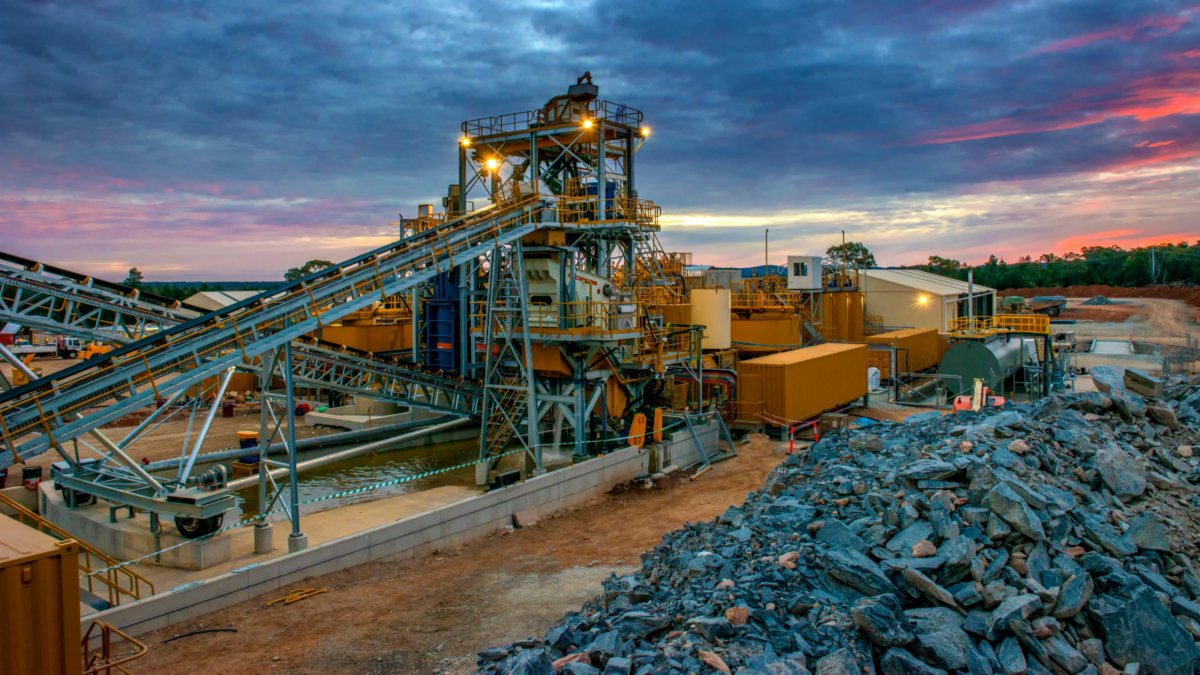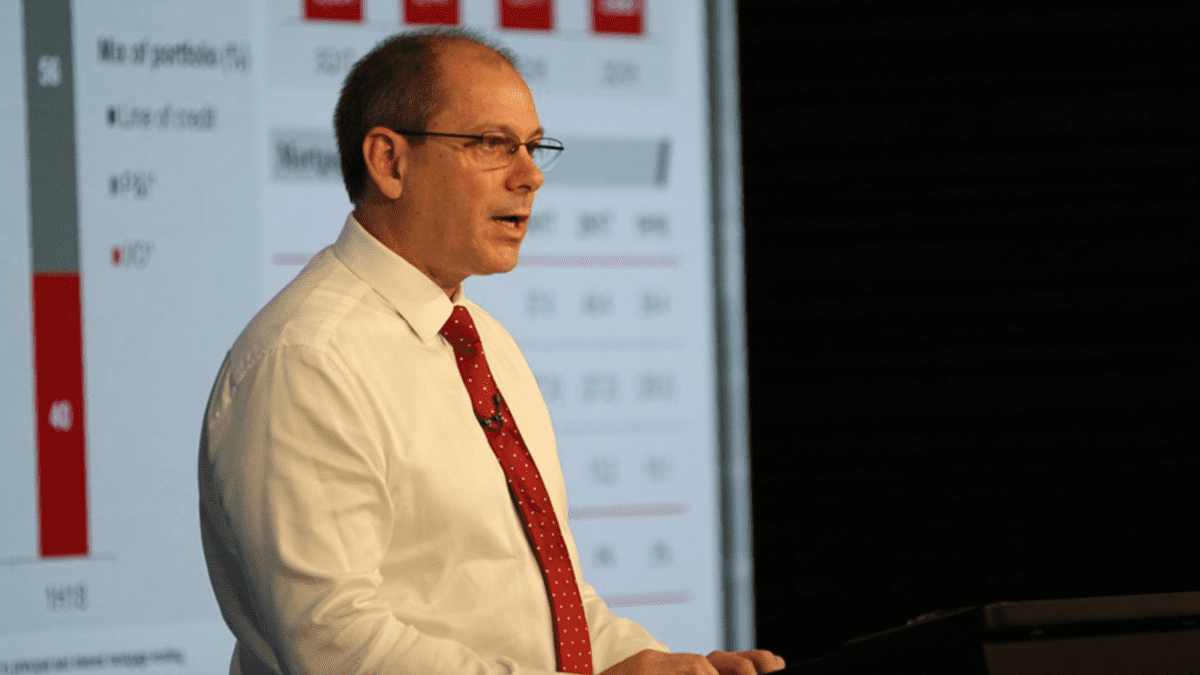Shareholder payouts tipped to fall as big miners turn to growth
Rio Tinto and BHP have returned to making big acquisitions for the first time in over a decade to capitalise on demand for metals needed for renewable energy, including copper and nickel. But the news isn’t all good for shareholders, with analysts predicting dividend payouts and yields to fall.
High commodity prices, they say, are encouraging the big miners to expand production and invest more in metals poised to benefit from decarbonisation, rather than return excess cash to shareholders.
During 2022, Rio Tinto doubled its stake in the Oyu Tolgoi copper and gold mine in Mongolia and completed the Rincon lithium acquisition in Argentina. It’s trying to increase its exposure to lithium via the Rincon brines project and its Jadar lithium project in Serbia. BHP, too, made its full-priced bid for OZ Minerals, which is likely to be approved in April.
Now, shareholders in each company could foot the bill for those acquisitions and investments in the form of lower dividends in coming years, according to some observers.
“Payout ratios are likely to be lower than recently as both companies spend more on growth rather than solely focussing on returning excess cash to shareholders,” says Morningstar mining analyst Jon Mills. “This is a change since around 2015, when the industry has focussed on first deleveraging and returning excess cash to shareholders.”
As iron ore dips, so will dividends
Mills has lowered his assumed near-term payout ratio for Rio Tinto to 60 per cent from 70 per cent.
“Actual dividends paid are obviously driven by earnings,” he says. “Iron ore remains the main driver of both companies’ earnings, and the very high iron ore prices in recent years are another reason why dividends paid and yields were so high recently.
“However, we assume iron ore prices will fall materially from current spot prices of about US$110 per tonne to our assumed midcycle price of around $60 per tonne from 2026, which, if we are correct, will likely lead to lower earnings and dividends paid.”
Mills expects the Rio Tinto dividend to fall to $5.20 per share in 2022-23 (a 6.8 per cent forward yield), down from a high of $10.40 per share in 2020-21. He says dividend payouts will fall to around 60 per cent of profits in 2022-23, down from as high as 80 per cent in 2020-21.
As for BHP, Mills predicts the dividend will fall to about $2 per share (a 6.6 per cent forward yield) in 2022-23, down from $3.25 per share in 2021-22.
Mills thinks both BHP and Rio are overvalued, with a fair value of $39.50 for BHP compared with its market price of around $45, and $107 for Rio Tinto versus a $115 price. He doesn’t see much better value in Fortescue Metals Group, despite attempts to transform it into a renewable superpower through green hydrogen production.
“We remain more circumspect, as green energy is a capital-intensive and competitive space. Fortescue trades at a 46 per cent premium to our fair value estimate of $15 per share,” Mills says. “We think its dividend will also fall, to about $1.18 per share in 2023, less than half the $2.67 paid in 2021.”
UBS also expects a fall in Fortescue’s dividend yield, to 5.7 per cent in 2023-24 and just 3.3 per cent in 2024-25, down from 8.4 per cent in 2022-23. The investment bank predicts BHP’s dividend yield will rise slightly to 6.9 per cent in 2023-24 from 6.4 per cent in 2022-23 but then fall to 5.3 per cent in 2024-25 and 4.7 per cent in 2025-26, a big drop from 11.7 per cent in 2021-22.
For Rio Tinto, UBS sees a higher dividend yield of 8 per cent in 2023-24, mostly steady from 7.8 per cent in 2022-23, and staying around 7.9 per cent in 2025-26.
Still, the miners are paying attractive yields compared with banks and the overall sharemarket, according to Michael Price, portfolio manager, equity income at Ausbil.
“The level of dividends paid by the Australian equity market has been relatively stable over many years, at an average of around 4.5 per cent a year (excluding the benefit of franking credits),” Price says. When adjusted for franking credits, the annual gross dividend yield rises to around 6 per cent.
Mills points out that “good dividend payers today may not be the good dividend payers in the future,” noting that while banks dominated in the payment of dividends in 2019 and 2020, resources has held that mantle since 2021. “Looking forward, consensus expects banks to resurge again.”









